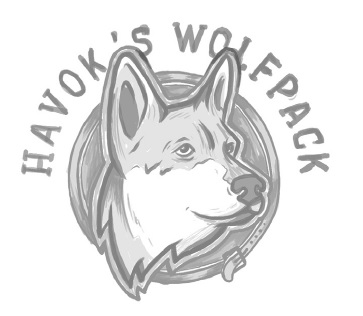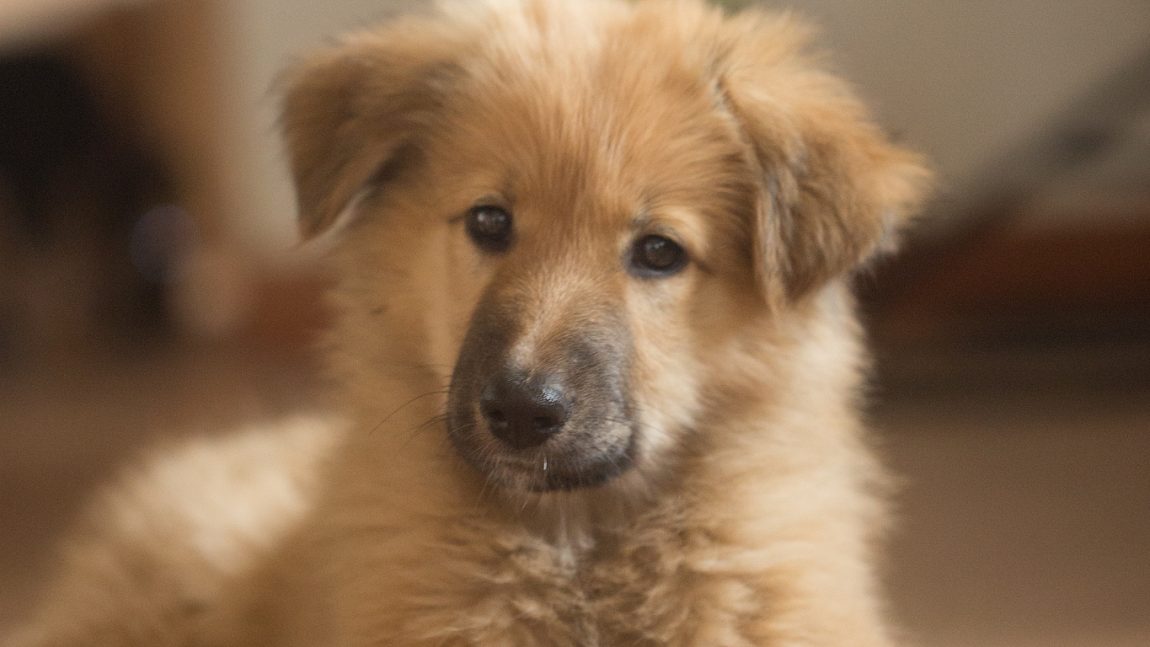Since this is the biggest issue facing all pet parents we decided to write a simple guide on how to quickly and efficiently get results.
Firstly, age, puppies tend to only begin to understand and be able to control their bladders and bowels at the age of 3 or 4 months. Training your 8 week old puppy might yield few results but don’t be discouraged. The most important aspect is to read the sings, is the dog sniffing, whining, circling or barking? They need to go!
- Food Schedule: Feed them consistently at the same time and take away their food between meals. Water can and should also be taken away but do provide it at specific intervals throughout the day, perhaps every couple of hours.
- Bathroom Schedule: Take the dog outside at regular intervals to relieve themselves. Best times to take them out: first thing in the morning, after meals, after naps and before bedtime. Regular intervals in the beginning may be 30 minutes to an hour, as you get more confident in your dog, every 2 hours is sufficient during training.
- Location: Take the dog to the same spot every time you take them outside. The smell will prompt them to go.
- Hang Out: Stay with them while they are outside and have them on a leash so they don’t just run around and try to play.
- Celebrate: If your dog relieves themselves, reward them! Pet them enthusiastically, give them a treat or, the best reward, take them on a walk around the block.
- Clean Up: When accidents do happen, use enzyme based cleaners not ammonia based ones. They will minimize odours and prevent them going again in the same spot. Always clean up accidents, if it smells like a dog toilet, they will use it as a dog toilet.
Unfortunately, even when you do everything right, accidents will still happen. Never punish your dog, they will never associate their accident with the negative consequences. You shouldn’t punish a dog anyway. If you catch your dog in the act, clap loudly, get their attention this way and take them outside.
Crate specific advice: Crates have to be small enough that a corner can’t be used for a toilet but large enough so they can move around. Of course don’t crate them for extended periods of time and make sure someone lets them out at least once if you are at work all day. There are many simple explanations for why a dog will use a crate as their toilet. Even house trained dogs in shelters learn to go to the toilet in their kennels because they have no option, young dogs don’t know any better and have probably had no choice for most of their lives. It’s a bad habit and deciding not to crate them may actually yield better results in far shorter time periods.


Leave a Comment